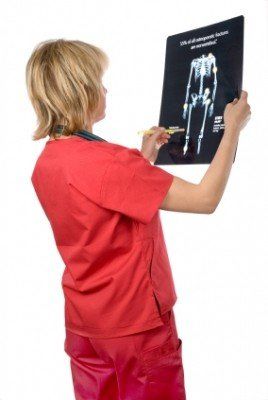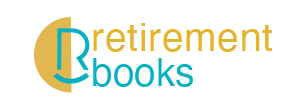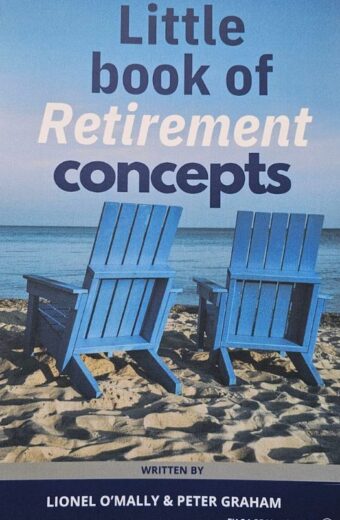Most people think Osteoporosis is an older person condition. But the reality is Osteoporosis begins in the teens – especially in women with poor calcium intake and low exercise participation.
Calcium is an electrolyte for the nervous system; calcium has a big role in muscular contraction and relaxation, and is the large makeup of bones and teeth. If the body is deficient in calcium it will then take the calcium stores in the bones and teeth.
Calcium and Vitamin D shortage is more prominent in the U.S.; Almost too epidemic levels. Seventy-five percent of all adults don’t get their daily need for calcium. Meanwhile exercise participation is too low and that has a direct affect on Osteoporosis. Later I will explain the connecting affects of low calcium and low exercise participation and what that means for osteoporosis.
To solidify bones from becoming brittle and weak, it is important to understand values. For a longtime Recommended Daily Allowance (RD was 800 mg. (Four glasses of milk/day) Not only is the RDA adjusting these values to about 1,200 mg/day the fact remains 25% of women are only getting 300 mg/day.
This lack of exercise and calcium is pushing Osteoporosis to epidemic levels in women over 60. 1.2 million Fractures happen yearly and this increase correlates closely with menopause. However the beginning of calcium lost begins in the teens.
Osteoporosis is a gender heavy condition. Men lose about .4% each year after age 50. While females lose twice that amount at age 35 and lose about 30% by age 70.
Diet has a large influence on Osteoporosis. Foods that should be in your diet include:
1. Milk and dairy products.
2. Sardines
3. Salmon
4. Kidney Beans
5. Dark, green leafy vegetables.
6. Calcium supplements
Foods to avoid or reduce, they decrease calcium absorption:
1. Meat
2. Salt
3. Coffee
4. Alcohol
There exist 3 types of bones in the body.
1. Axial- skull/cranium, vertical column (C1 – Coccyx), ribs and sternum
2. Appendicular – scapula, clavicle, hummerous, the pelvis, and the long bones of the upper and lower extremities.
3. Cortical
Each bone responds differently to calcium intake and exercise. But in general bones will strengthen themselves by the stress of exercise. The stress will control the new bone generation. Measuring the stress by the Minimal Essential strain (MES) determines if the exercise produces preventive cause. When stress places MES on the tendon, which attaches to the bone, little cells called Osteoblast release a collagen. This matrix of bone (collagen) then increases the density of that bone where there is enough stress the tendon site is an example of how to stress the bones. The larger the muscle mass the more continuous stress, placing more pressure on the bone. But other exercises, usually weight bearing, like jumping rope, quarter squats, and other exercise. Usually core exercises that placed stress from the top of the head, down the spinal column, through the pelvis and down the legs are ideal for strengthening the areas Osteoporosis effects.
Article provided by Scott Farmer, MS., CSCS.,CES., from the web site www.babyboomersthriven.com

